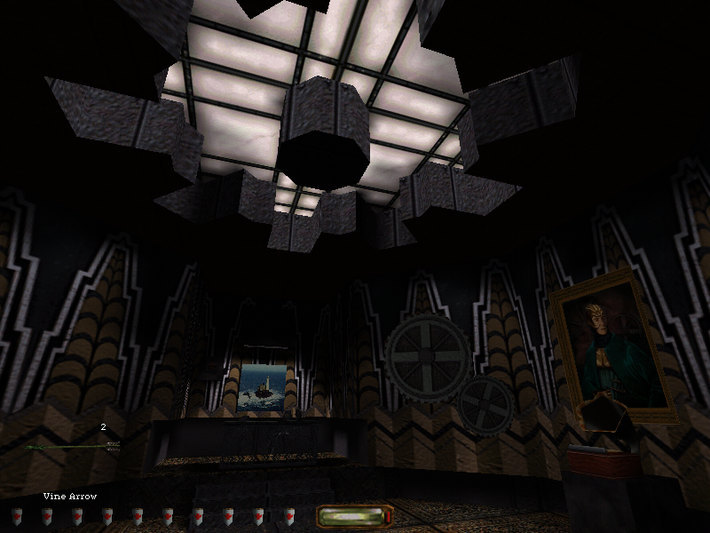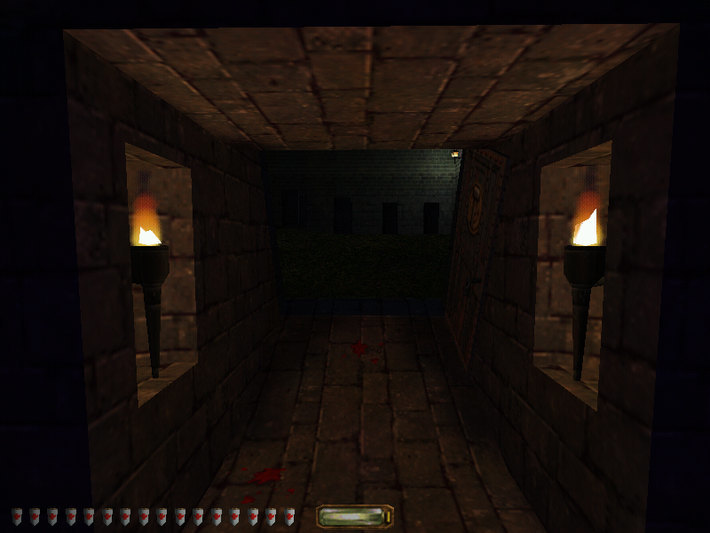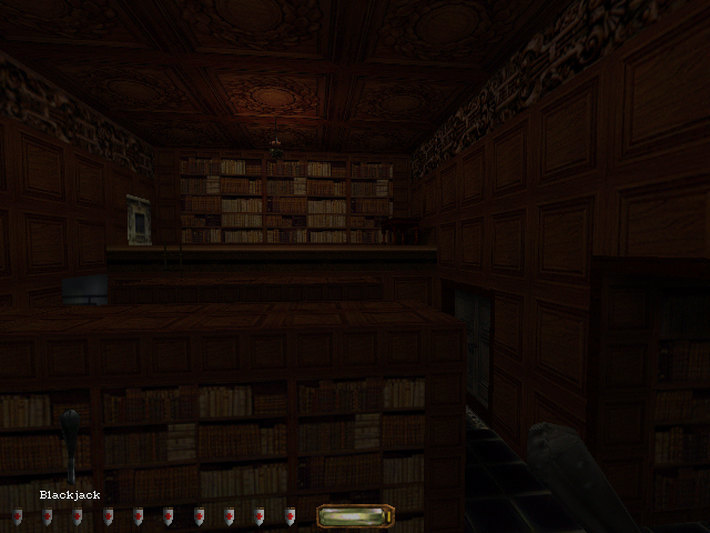Grab your Blackjack club and put out your torch. Thief II: The Metal Age, the stealth title from Looking Glass Studios is celebrating its 20th anniversary. You don’t need to be a forensic scientist to spot the fingerprints of this first-person kleptomania sim on today’s gaming world. From the Dishonored series to Alien: Isolation, the influence of Thief II is undeniable. And, on its birthday, perhaps it’s time it stepped out of the shadows.Yes, Thief II remains an engaging and, at times, profoundly frightening romp through a medieval steampunk world. But it’s also fascinating to see how many of the conventions it popularized remain stubbornly present in the current landscape.

Looking back at the story of Thief II
Thief II: The Metal Age puts you in the (presumably stolen) shoes of Garrett — a man whose moral ambiguity rivals his penchant for plunder. Sarcasm drips from his every word, and at times, he comes across as a profoundly unsympathetic character. But he’s not without a sense of morality, however, twisted it may be. And, spend enough time with him and you’ll come to like him — as is the case with every good antihero.
Garrett inhabits a place known solely as “The City.” It’s a place where technology and superstition effortlessly blend. Imagine the bubonic plague-laced griminess of medieval Europe infused with a Jules Verne-inspired mechanical vibe, and you’re close. Fearsome steam robots and submarines effortlessly blend with murky alleyways and candlelit mansions.
After a mission goes awry, our antihero is flung headfirst into a world of mysticism and intrigue.
Almost immediately, his priorities shift from the accumulation of wealth to preventing the ascendancy of the Mechanists — a dangerous cult with unambiguously totalitarian aspirations, and the technological nous to achieve them.

Stealth was the main objective, but you could fight if you had to
Thief II emphasizes stealth as the primary way to complete missions. By calculating your timing and clinging to the shadows, you can sneak past guards, avoiding conflict altogether. Some situations require you to get your hands dirty, however. That’s where your Blackjack comes in, allowing you to club your adversaries into an unconscious state of submission.
You also have a sword and bow, although the latter is used for more than mere ranged combat. If you need to move across a creaky wooden floor without alerting your victim’s hired thugs, you can throw a volley of moss arrows to cushion your path. Rope arrows can help you traverse your environment. And noisemaker arrows allow you to create a loud distraction, so you can skulk past the guards without being noticed.
There’s also a generous helping of steampunk tech to help you on your way. Garrett is fitted with a mechanical eye to replace the one lost in the previous game, which allows him to zoom in on his environment from a safe distance. And if you want to see what lies ahead without putting your head above the parapet, you can use a scouting orb to chart a path ahead.
Ultimately, your most effective weapons are your ability to observe and wait. Thief II doesn’t reward a “guns blazing” strategy. Patience is pivotal. You’re encouraged to think about how you tackle challenges in the most minute of details.
To enter a building, do you take the straightest path across a gravel walkway? Or do you detour via some foliage, where you make less noise? What about illumination? As you move from Point A to Point B, are there any alcoves where you can hide from the pointy-end of a guard’s blade?
Fortunately, Thief II finds ways to interrupt the suspense with moments of levity, with scripted interactions between NPCs offering the occasional belly-laugh.

That’s no less remarkable given the circumstances of the game’s development
In the months preceding its launch, its developer, Looking Glass Studios, was dealing with some financial issues due to commercial shortcomings of other titles in its roster. Luckily, Eidos was able to help out, but not before multiplayer had to be cut out from the game.
Miraculously, even with the mentioned hurdles, Thief II was released on time. It was both a critical and commercial success, winning plaudits for its writing and gameplay
Even today,
Thief II: The Metal Age still matters. When videogames were yet to be regarded as a legitimate art form, it effortlessly raised the bar in terms of writing and character development. For a while, it was the gold standard in stealth gaming and it gave momentum to a franchise that produced two additional sequels, the most recent being 2014’s Thief, published by Eidos Montreal.
What do you think? Did you play Thief II went it released in 2000? Interested in trying it now? Let us know in the comments below or connect with us on one of our social channels! 


